Product Management
Blog Management
Inquiry Management
Analytics Center

Follow Our Official Service Account
Manage Products & Inquiries Anywhere
Seller Services
Join GoldSupplier.com
Free & Instant Registration
Showcase Company & Products
Access Global Buying Requests
Activate Verified Supplier Membership
Priority Verified Visibility
Claim Exclusive Buying Requests
Automated Multi-language Store
Launch Your EasyOcean Website
Full-Service Website Management
Google Page 1 Guarantee
Enhanced Brand Credibility


The Optical Lens & Instrument channel on Goldsupplier.com connects global buyers with leading Wholesale Suppliers and Manufacturers across key categories like Optical Lens, Microscope, Telescope & Binoculars, Spectrometer, and Magnifier, offering a one-stop solution from OEM customization to bulk order procurement.
Industry advancements feature automated optical inspection systems and intelligent imaging technologies, with compliance to international standards like ISO and CE certifications and eco-friendly materials under RoHS directives enabling sustainable sourcing for bulk orders and OEM production.
Goldsupplier.com's rigorous verification process ensures access to certified Suppliers and Manufacturers; browse now for reliable partners and request custom quotes to meet your specific optical instrument needs.
1,688
257,466
6,240

Telescope & Binoculars

Rangefinder

Spectrometer

Magnifier

Optical Filter

Microscope

Video Measuring System

Optical Lens

Refractometer

Laser Level

Night Vision

Prism

Theodolite

Other Optical Lens & Instruments

Optical Mirror

Featured verified suppliers in Optical Lens & Instrument
Top-selling and featured products in Optical Lens & Instrument
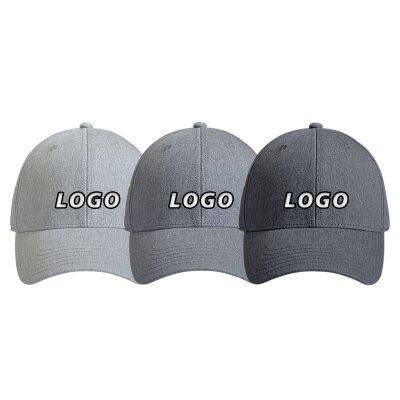
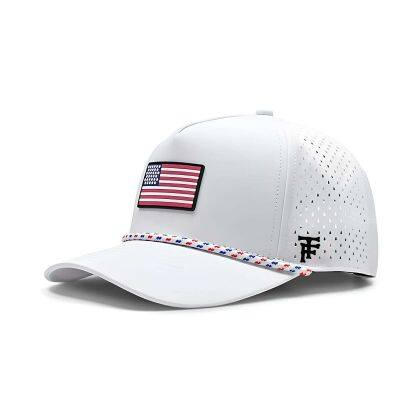
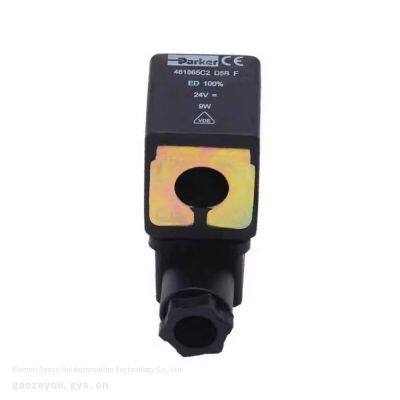
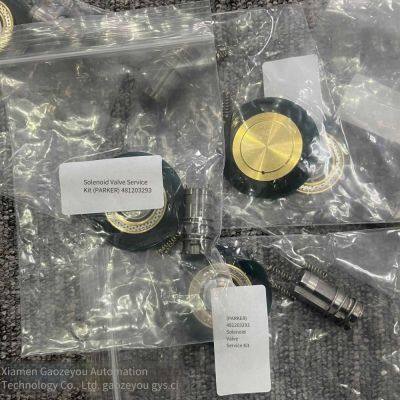
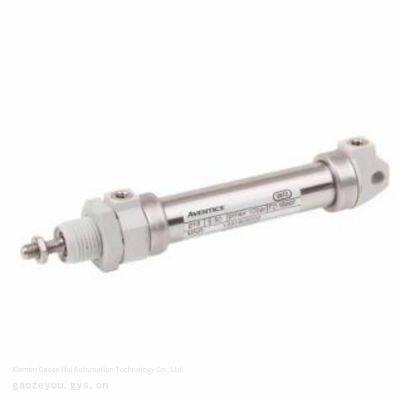
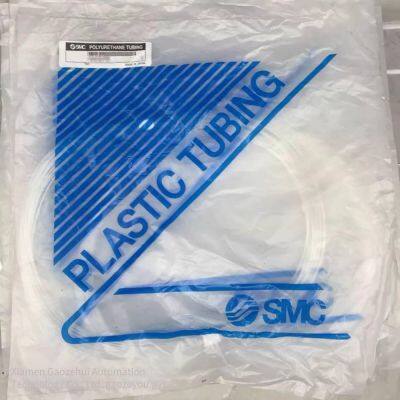
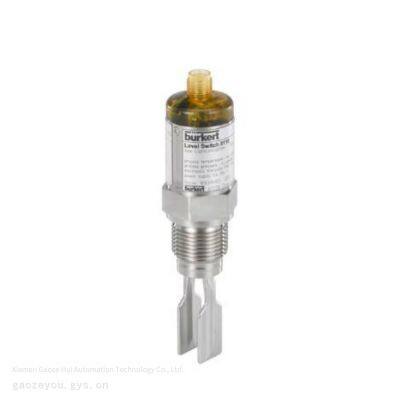
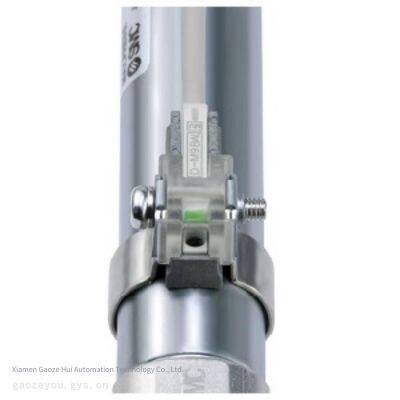
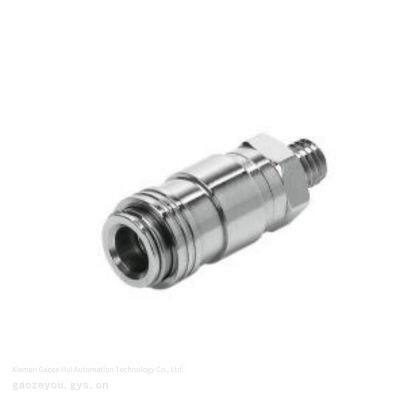
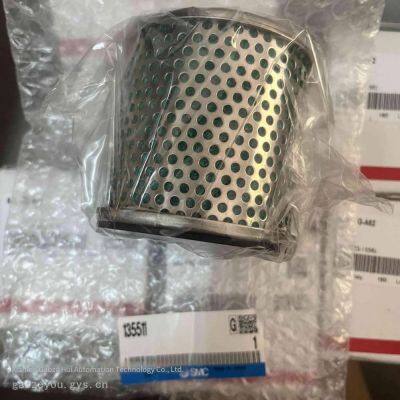
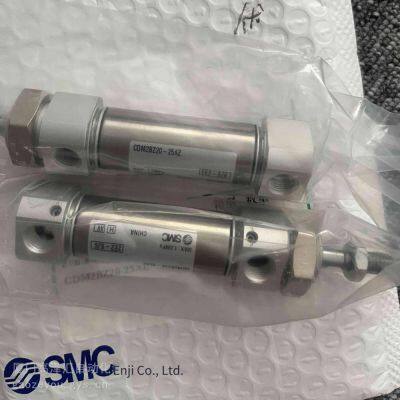
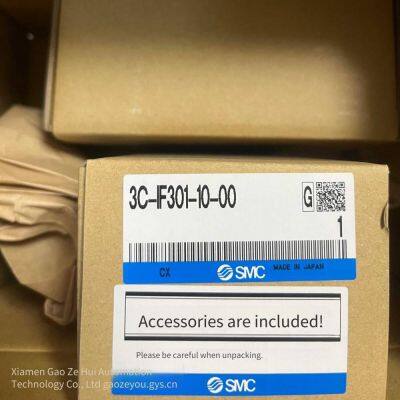
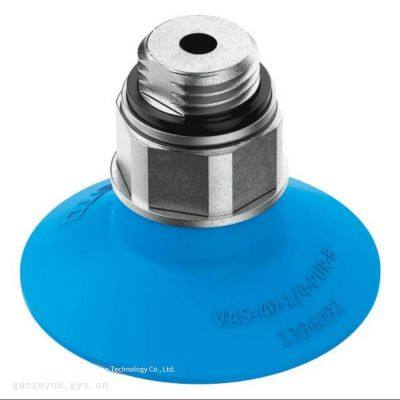
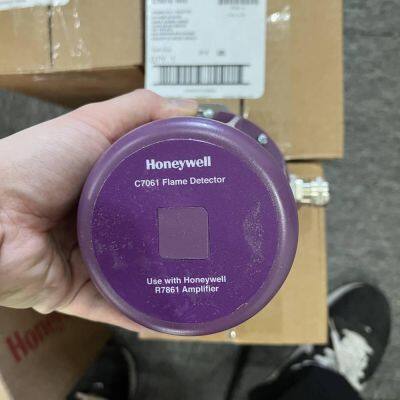
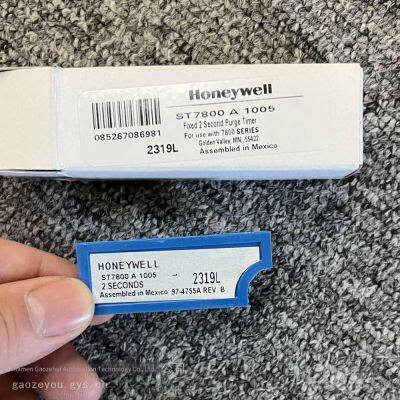


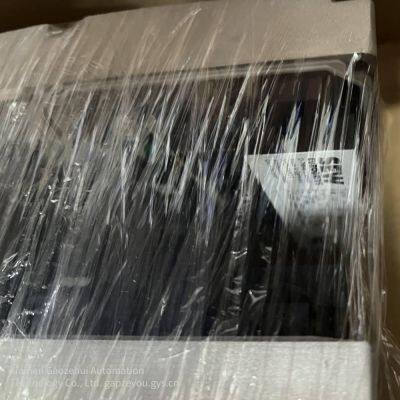
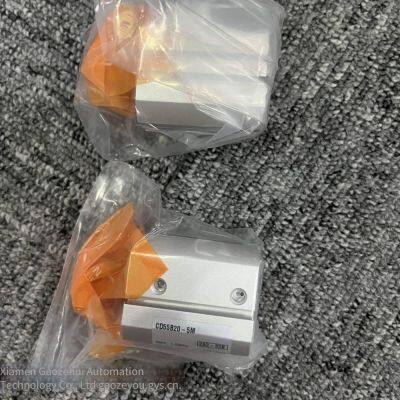

Essential tips for successful procurement
Find Products Efficiently
Verify Supplier Credentials
Key developments and opportunities about Optical Lens & Instrument
Applications
Industry Trends
Sustainability & Compliance
Buying Guide

Common Sourcing Questions in Optical Lens & Instrument
What certifications are essential for purchasing precision optical lenses?
What is the typical MOQ for industrial microscopes?
Can telescopes and binoculars be customized for specific outdoor activities?
How long does it take to receive samples for spectrometers?
What packaging is used for safe international shipping of rangefinders?
Are there international standards for optical filters in industrial applications?
What key factors should I consider for shipping video measuring systems internationally?
Explore more categories


Official WeChat Account
Follow Us for Updates
Copyright © GoldSupplier.com. All Rights Reserved.